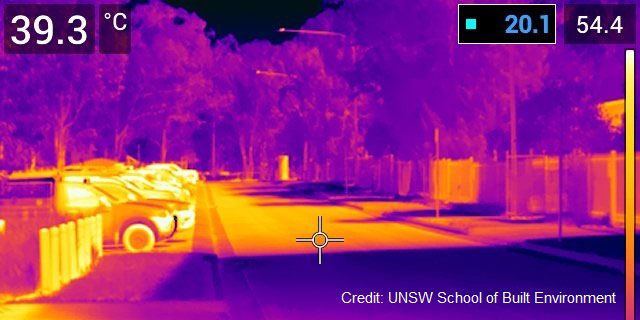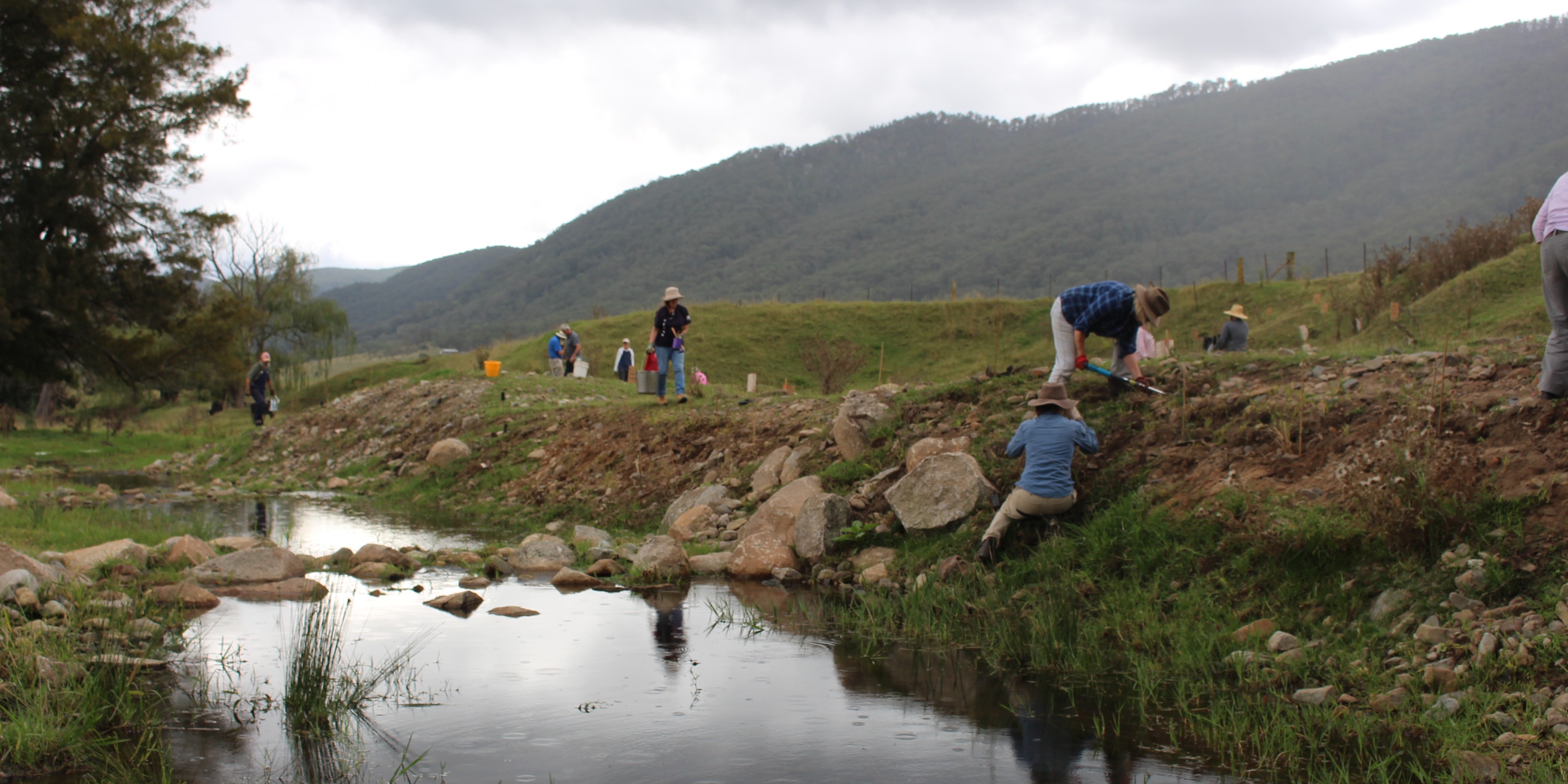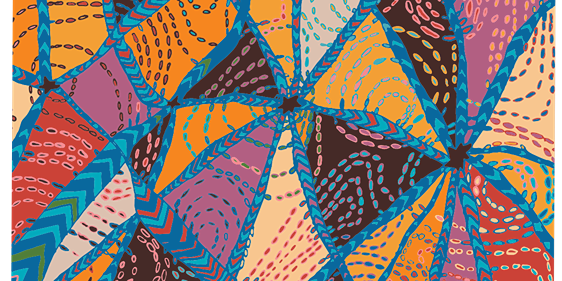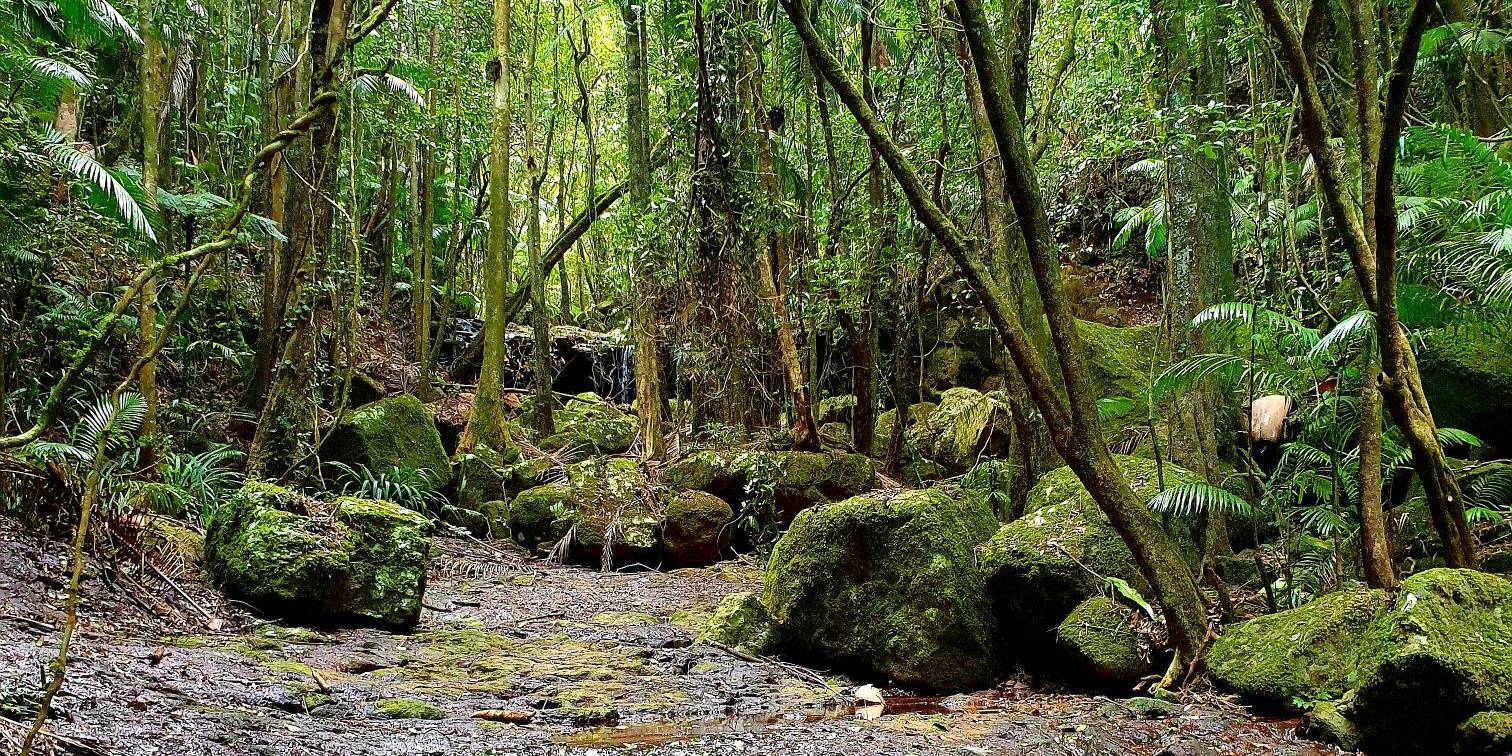About this case study
Heat
Community groups
Research
Sydney’s inland suburbs are already 10°C hotter than the coast in heat waves.
Climate modelling predicts that, by 2070, communities in Western Sydney will swelter through an additional 20 days of 35°C or more over the course of a year.
Looking for solutions, Blacktown City Council teamed up with the University of New South Wales to investigate cooling strategies that could reduce ambient temperature in Mount Druitt’s Dawson Mall.
Materials used in buildings and infrastructure – bricks, asphalt, concrete and more – absorb more heat than natural environments, contributing to what is known as the ‘urban heat island effect’. The lower levels of vegetation in urban areas reduces the natural cooling that plants provide. Urban heat can also rise because of human activities, like driving cars or powering homes.
Intuitively, we know trees make our streets feel cooler – but Blacktown City Council’s project provides evidence that trees can reduce pavement temperatures by more than 15°C on the hottest days.
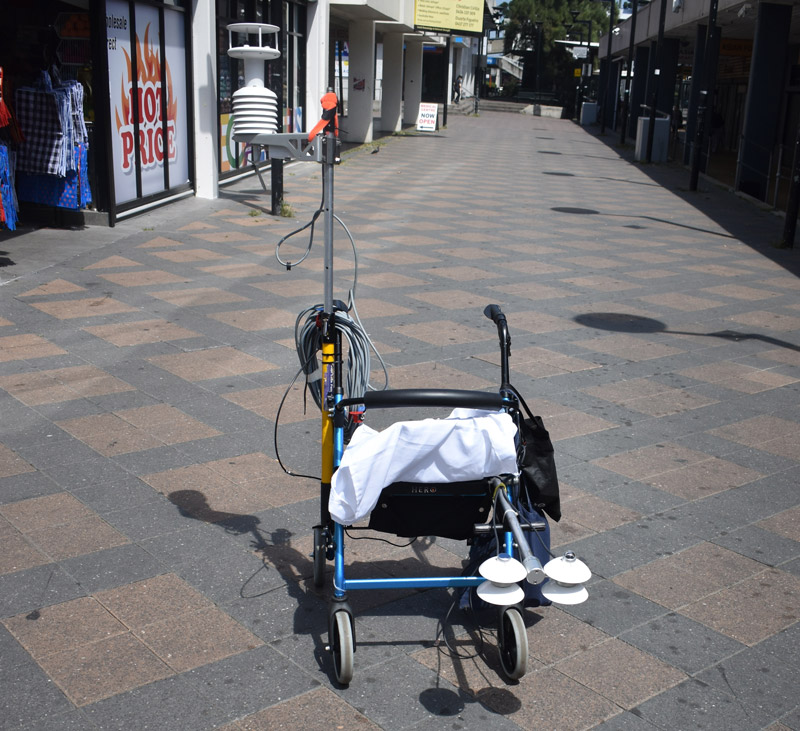
The project has also built an evidence-based case for the benefits of cool materials, vegetation and shade, especially in combination.
Blacktown City Council chose Dawson Mall, Mount Druitt because it is a popular open-air shopping mall, and because it is being considered for future urban revitalisation.
The research team, led by Dr Riccardo Paolini at UNSW School of Built Environment, installed a network of six temperature and humidity sensors along Dawson Mall. These sensors monitored the local conditions for more than a year. Detailed measurements were also taken with mobile weather stations and a drone equipped with a thermal camera.
By collecting data on a specific microclimate, the research team could shed light on the real-world conditions of Dawson Mall, where night-time temperatures can be 2.5°C hotter than at the closest Bureau of Meteorology’s station in Horsley Park.
Five design scenarios were assessed for their climate resilience with the help of microclimate simulation modelling: unirrigated greenery; irrigated greenery; cool materials; a combination of all three interventions; and a baseline case representing the current condition before heat mitigation, used for comparison.
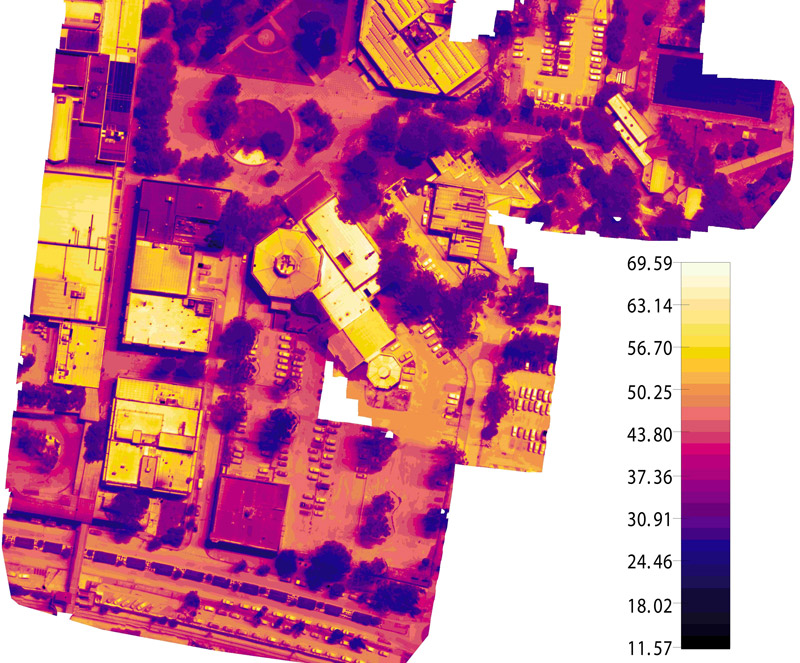
The research found, unsurprisingly, that the biggest reduction in air temperature was achieved by combining the three interventions. Installing street trees, using cool materials and shading car parks could reduce ambient air temperature by 1.24°C.
But investment in cool materials alone could reduce temperatures by as much as 1.17°C. Trees along Dawson Mall also reduce the pavement temperature by more than 15 °C, improving comfort and people’s perceptions of heat.
The research found the cooling energy needs for buildings in Mount Druitt is up to 40 per cent higher than in Horsley Park. While this depends on several factors, like the insulation level of the buildings, the research confirms that the people of Mount Druitt suffer an energy penalty.
A “cool roof” – one which is made from solar reflective materials – can achieve significant energy savings, especially in poorly-insulated low-rise buildings with high cooling loads, like offices. The project shows that simple interventions, such as the choice and colour of materials have clear benefits.
This project was proudly funded by the NSW Government.
